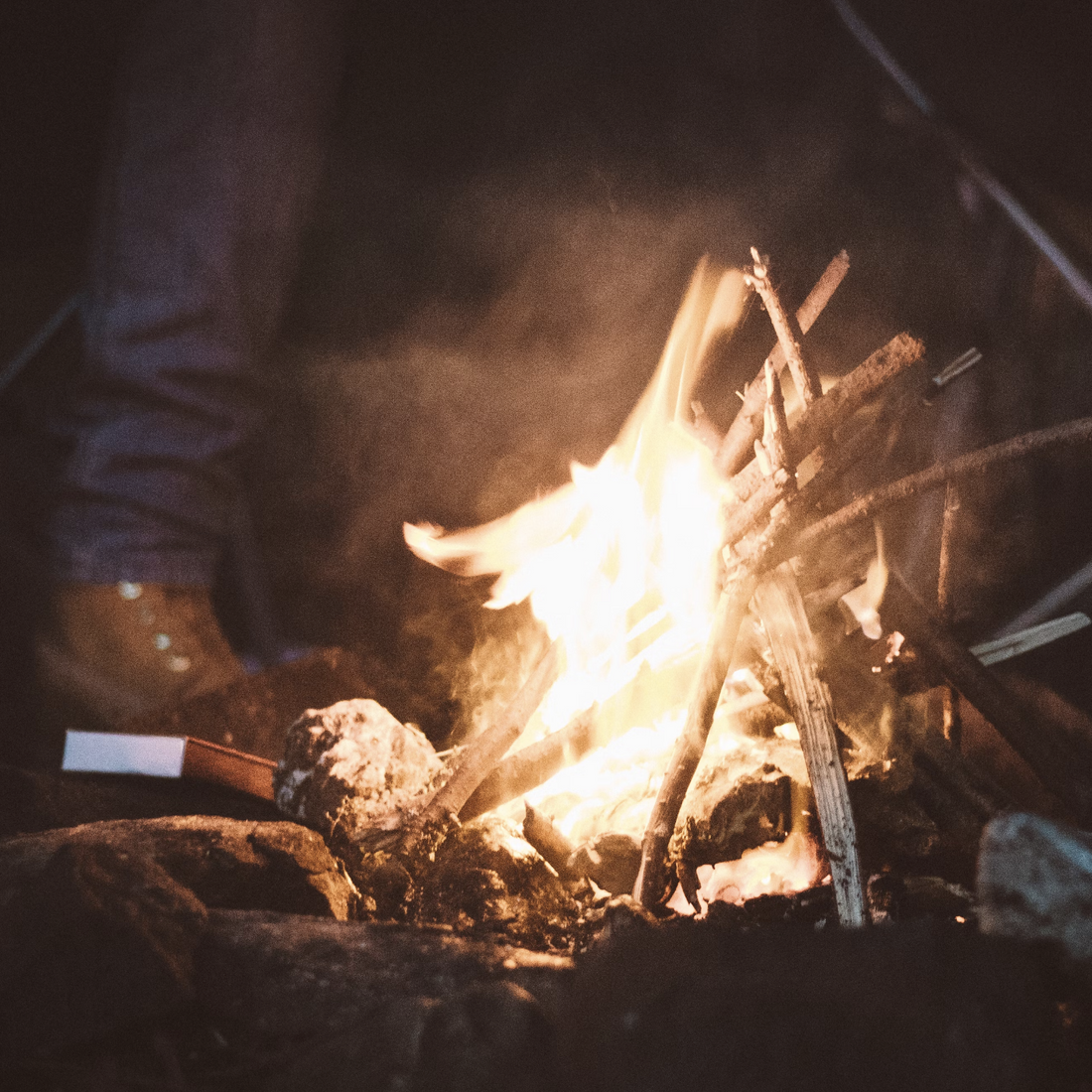
How to Start a Campfire
Share
How to Start a Campfire
Have you ever found yourself struggling to get a campfire going, watching as your matches fizzle out and your kindling refuses to catch? Starting a campfire can be a daunting task, especially for those new to camping or adventure-based tourism. The warmth and light of a well-built campfire not only provide comfort and safety but also serve as a focal point for unforgettable memories, from toasting marshmallows to sharing stories under the stars.
The art of building a reliable and long-lasting campfire involves more than just striking a match. It requires understanding the right materials, techniques, and configurations that ensure a successful flame, even in challenging conditions. Whether you’re planning a weekend camping trip with friends, a family campout, or an adventurous solo expedition into the wilderness, knowing how to start a campfire is an essential skill that can enhance your outdoor experience.
In this blog post, we will guide you through the step-by-step process of starting a campfire, from gathering the necessary materials to maintaining a roaring blaze. We will cover the best methods for building different types of fires, tips for keeping your fire safe and controlled, and advice on what to do when conditions are less than ideal. By the end of this post, you’ll have the knowledge and confidence to start a campfire with ease, ensuring that you can enjoy all the benefits that come with a well-made fire. Read on to discover the secrets of creating the perfect campfire and make your next outdoor adventure a blazing success.
Table of Contents
- Gathering Materials
- Techniques for Starting a Fire
- Types of Fires
- Safety Tips
- Troubleshooting
- 5 Steps to Starting a Campfire
Gathering Materials
To start a campfire, you'll need tinder, kindling, and fuel wood. Tinder includes small, easily ignitable materials like dry leaves, pine needles, or commercial fire starters. Kindling consists of small sticks or branches that catch fire from the tinder and help ignite the larger fuel wood.
Techniques for Starting a Fire
There are several techniques for starting a campfire, such as the teepee, log cabin, and lean-to configurations. Each method has its advantages, but all require careful placement of materials to ensure adequate airflow and a stable base for the fire to grow.
Types of Fires for Adventure-Based Tourism
Different types of campfires serve different purposes. For example, a teepee fire is great for cooking, while a log cabin fire provides a long-lasting, stable flame. Knowing which type of fire to build can enhance your adventure-based tourism experience, making it more enjoyable and efficient.
Safety Tips
Always build your campfire in a designated fire pit or a cleared area free of flammable materials. Keep a bucket of water and a shovel nearby to extinguish the fire quickly if needed. Never leave a campfire unattended, and make sure it's completely out before leaving the site.
Troubleshooting
If your fire isn’t catching, check that your tinder is dry and there’s enough airflow. If it’s windy, consider using a windbreak. Sometimes, damp conditions can make starting a fire difficult, so be prepared with waterproof matches or a reliable fire starter.
5 Steps to Starting a Campfire
- Gather tinder, kindling, and fuel wood.
- Arrange tinder in the center of your fire pit.
- Build a teepee or log cabin structure with kindling around the tinder.
- Light the tinder with a match or lighter.
- Gradually add larger pieces of fuel wood as the fire grows.
